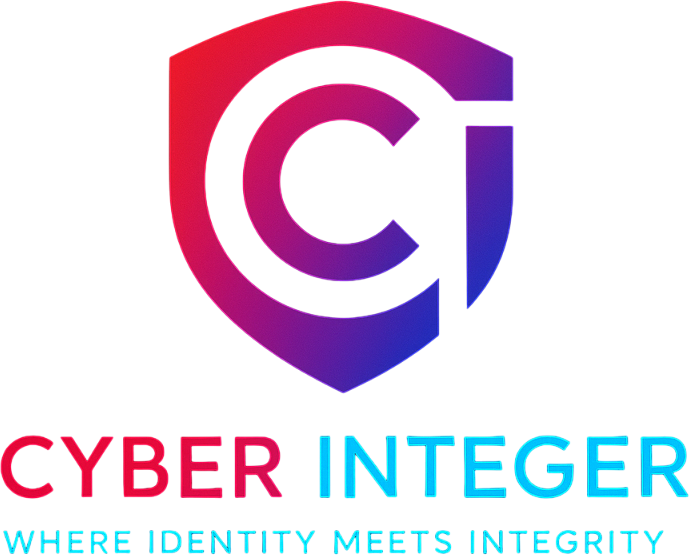Managing IAM in Multi-Cloud
As organizations embrace digital transformation, many are turning to multi-cloud strategies to balance performance, flexibility, cost, and vendor resilience. But with this shift comes a complex challenge: managing identity and access management (IAM) consistently and securely across multiple cloud platforms.
IAM is the backbone of cloud security — and in a multi-cloud environment, it’s more than just managing users. It’s about ensuring the right people have the right access to the right resources at the right time — across disparate platforms like AWS, Microsoft Azure, and Google Cloud Platform (GCP).
Why Multi-Cloud is on the Rise
Companies today rarely rely on just one cloud provider. Common reasons for adopting multi-cloud include
- Avoiding vendor lock-in
- Optimizing workloads based on cost or performance
- Enhancing disaster recovery and business continuity
- Meeting regional compliance or data sovereignty needs
The IAM Challenges in Multi-Cloud
Each cloud platform has its own IAM framework
- AWS IAM (users, groups, roles, policies)
- Azure Active Directory (roles, RBAC, Conditional Access)
- GCP IAM (principals, roles, bindings)
